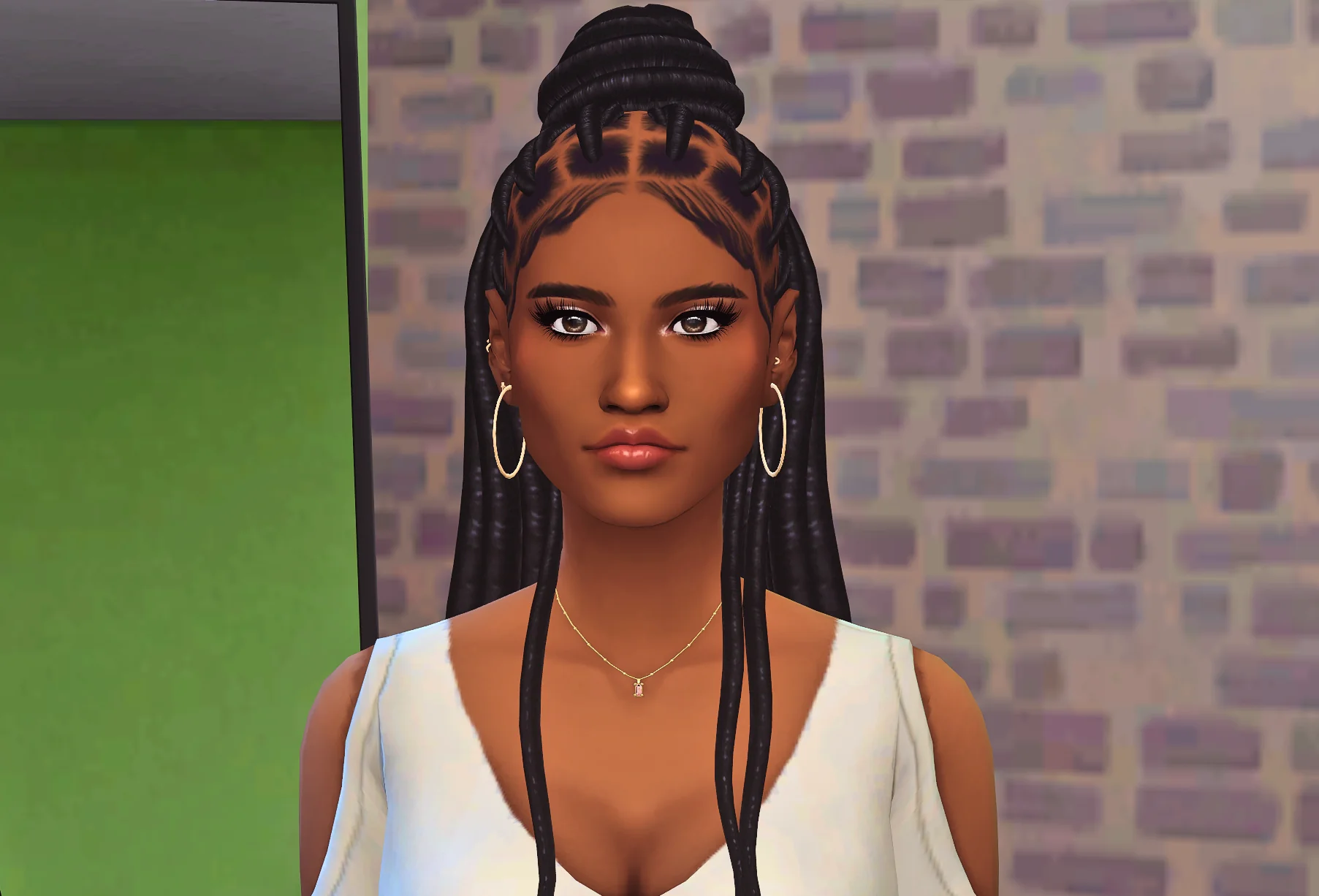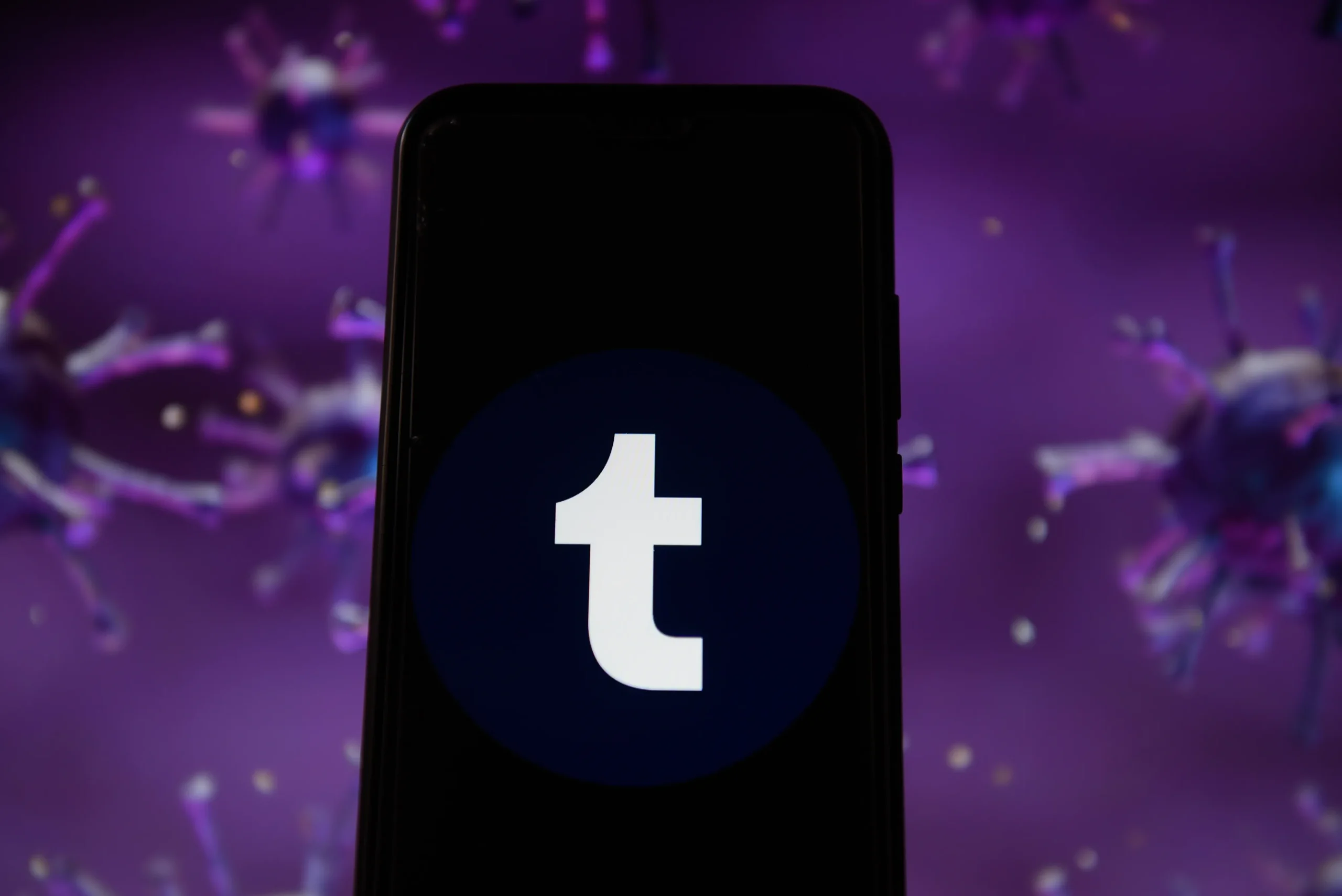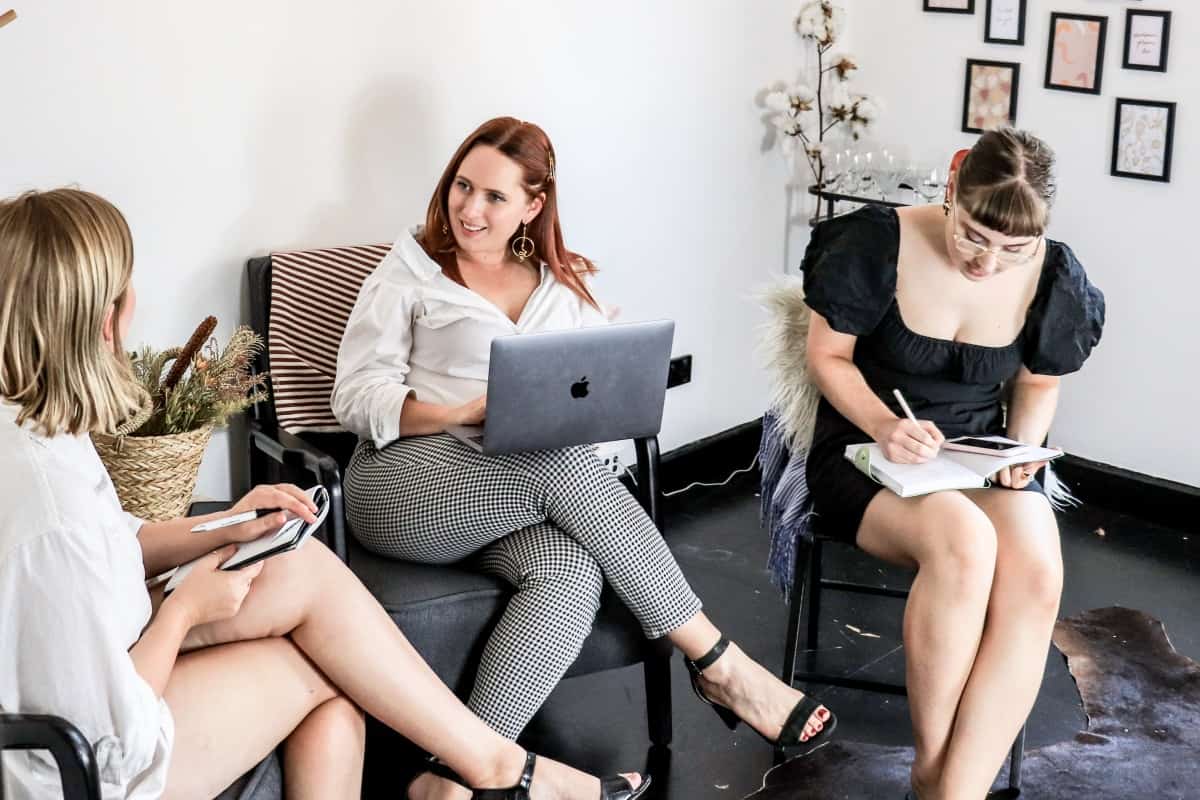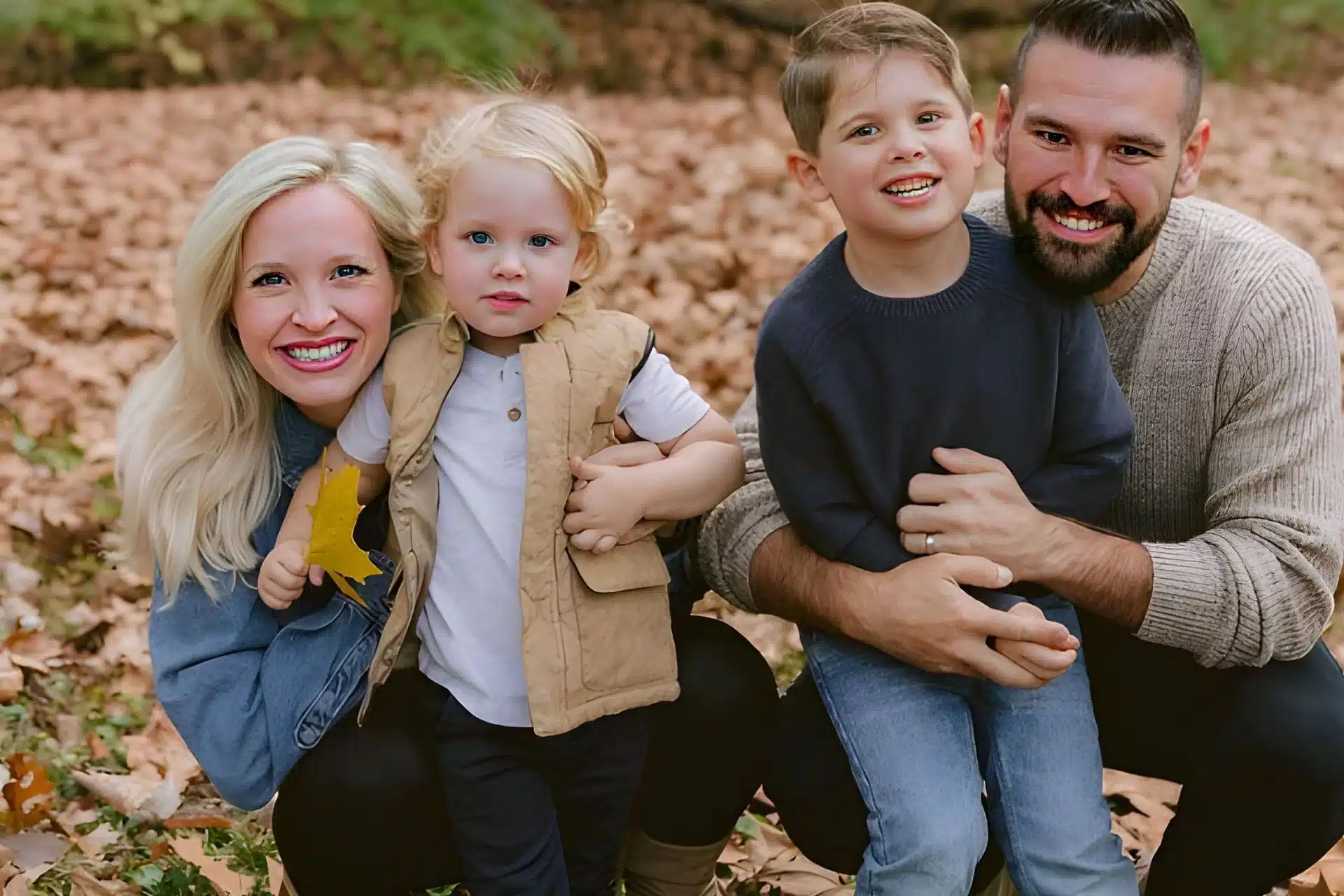
The world of digital aesthetics is vast and diverse, but one trend that has continued to capture the hearts of many is the concept of cute backgrounds. These charming visuals, often filled with soft pastels, playful characters, and dreamy elements, have become a staple for personalizing devices, social media pages, and even creative workspaces. Whether you’re setting a phone wallpaper or designing a cozy Instagram feed, the cute aesthetic brings a sense of joy and comfort, reminiscent of childhood and whimsical fantasy worlds.
1. The Evolution of Cute Aesthetic Backgrounds
The concept of “cute” has deep cultural roots, particularly in Japan, where the “kawaii” (cute) culture flourished. In the 1970s, kawaii became an integral part of Japanese pop culture, spearheaded by characters like Hello Kitty and My Melody from Sanrio. The aesthetic celebrated innocence, childlike wonder, and simplicity.
This aesthetic quickly made its way into other parts of the world. Over time, cute aesthetic backgrounds have evolved from traditional hand-drawn styles to digital designs with advanced graphic techniques, aesthetic:9i96vyvmfqi= cute backgrounds making them accessible to a global audience.
2. Key Elements of Cute Backgrounds
When thinking about cute backgrounds, several visual elements typically come to mind. These characteristics help define the aesthetic and distinguish it from other styles:
- Soft Color Palettes: Pastels such as baby pink, lavender, mint green, and sky blue dominate the aesthetic. These hues evoke a calm and inviting feel.
- Cartoonish Characters: Simple, adorable characters like animals, food with faces, and chibi-style humans often grace cute backgrounds. Their rounded shapes and large eyes give them a friendly and approachable appearance.
- Dreamy Textures: Many cute backgrounds include textures like soft clouds, fluffy pillows, or sparkles, enhancing the overall dreamy and lighthearted vibe.
- Nature Motifs: Butterflies, flowers, rainbows, and stars are frequently used to give a sense of magic and wonder.
- Hand-drawn Details: Cute backgrounds often feature hand-drawn or doodle-like details, giving a sense of authenticity and innocence.

3. Where to Use Cute Aesthetic Backgrounds
Cute aesthetic backgrounds have numerous applications, from personal to professional spaces. They allow people to express their personalities in subtle ways while adding a touch of charm to their environments.
- Phone Wallpapers: Perhaps the most common use of cute backgrounds is as phone wallpapers. With high levels of customization, users love switching between different cute designs depending on their mood.
- Desktop & Laptop Backgrounds: Cute backgrounds can transform workspaces into more pleasant areas, making productivity tasks feel less overwhelming. Students and professionals alike choose these backgrounds to lighten the feel of otherwise serious workspaces.
- Social Media Profiles: Aesthetically pleasing backgrounds play a crucial role in curating an Instagram feed or a Tumblr blog. By using consistent themes and cute backgrounds, users can maintain a cohesive look.
- Digital Planners and Journals: With the rise of digital note-taking and journaling apps, users often add cute backgrounds to make their organization methods more fun and visually appealing.
- Websites and Blogs: Cute backgrounds have become popular for bloggers and small businesses who want to create a friendly, approachable brand identity.
4. How to Create Your Own Cute Backgrounds
Designing a cute aesthetic background might seem intimidating, but with the right tools and mindset, it’s a fun and rewarding process. Whether you’re a beginner or a more seasoned artist, here’s a simple guide to get you started.
- Step 1: Choose Your Color Palette Start by selecting a range of soft pastel colors. Using a color scheme generator like Coolors or Adobe Color can help you create harmonious color combinations. Remember, the goal is to evoke warmth and cuteness, so avoid harsh or overly bold colors.
- Step 2: Sketch Your Main Elements Using simple, rounded shapes is key when designing cute characters or objects. Think of animals, plants, or even food items. Don’t overcomplicate the design; the cuter the character, the simpler it should be. Try drawing big-eyed animals, smiley clouds, or heart-shaped balloons.
- Step 3: Add Texture and Details Once your main elements are drawn, add small details like sparkles, clouds, or subtle lines. This enhances the depth and softness of the background. Digital tools like Procreate or Adobe Illustrator have texture brushes that can help with this step.
- Step 4: Finalize the Design Adjust the layout of your elements until you’re happy with the overall composition. Keep in mind that backgrounds should be pleasing but not too distracting, especially if they’ll be used for screens. Balance the positioning of objects so the design feels complete but not overcrowded.
5. Popular Platforms to Find Cute Aesthetic Backgrounds
For those who prefer to download rather than create their own, there are many resources online where you can find an abundance of cute backgrounds. Here are some popular platforms:
- Pinterest: As a hub for creative ideas, Pinterest is filled with free cute backgrounds. Simply search for “cute aesthetic backgrounds” to find thousands of options.
- Etsy: Many digital artists sell customizable backgrounds on Etsy. By supporting these creators, you’ll have access to exclusive designs while promoting independent artistry.
- WallpapersCraft: This site provides a collection of wallpapers, including cute ones, for various devices.
- DeviantArt: DeviantArt hosts a vast collection of user-created art, including aesthetic backgrounds. Here, you’ll find designs ranging from minimalistic to highly detailed.
6. The Psychology Behind Cute Aesthetic Backgrounds
There’s more to the appeal of cute backgrounds than meets the eye. Psychologists have studied the emotional effects of visual aesthetics, particularly the appeal of cuteness, which often triggers positive emotions like joy, comfort, and affection.
- Nostalgia: Many cute backgrounds draw inspiration from childhood memories. Characters like cartoon animals or soft, whimsical colors evoke a sense of nostalgia that can instantly uplift one’s mood.
- Calming Effects: Soft pastels and light imagery are associated with relaxation. This is why many people choose cute backgrounds for their devices – they bring a sense of peace to otherwise busy and stressful lives.
- Connection to Nature: Using nature motifs, like flowers or animals, connects people to the outdoors. It’s especially soothing for those who spend a lot of time indoors, as these visuals bring a piece of nature to their screens.
7. Trends and Influences in the Cute Aesthetic World
In recent years, aesthetic:9i96vyvmfqi= cute backgrounds cute aesthetics have gained traction on social media platforms such as Instagram and TikTok. Aesthetic subcultures like cottagecore, fairycore, and pastel goth have embraced the cute aesthetic, incorporating it into various niches.
- Cottagecore: This aesthetic celebrates a quaint, countryside lifestyle, often using soft pastel backgrounds of flowers, meadows, and simple homey scenes.
- Fairycore: Fairycore centers around whimsical, magical elements like butterflies, fairies, and twinkling stars, making it a perfect match for the cute aesthetic.
- Pastel Goth: While traditionally darker, pastel goth combines elements of both cute and spooky aesthetics, using pale colors paired with skulls or bats.
Conclusion
The appeal of cute backgrounds goes far beyond their aesthetic beauty. They bring a sense of joy, comfort, and lightheartedness to our everyday lives, whether we’re using them on a computer screen, phone, or social media. As we continue to navigate a world full of fast-paced digital consumption, the simplicity and charm of the cute aesthetic remain a welcome breath of fresh air, reminding us of the importance of playfulness and imagination in all aspects of life.
This article touches on everything from the history of cute aesthetics to how you can create your own and use them across digital platforms.








